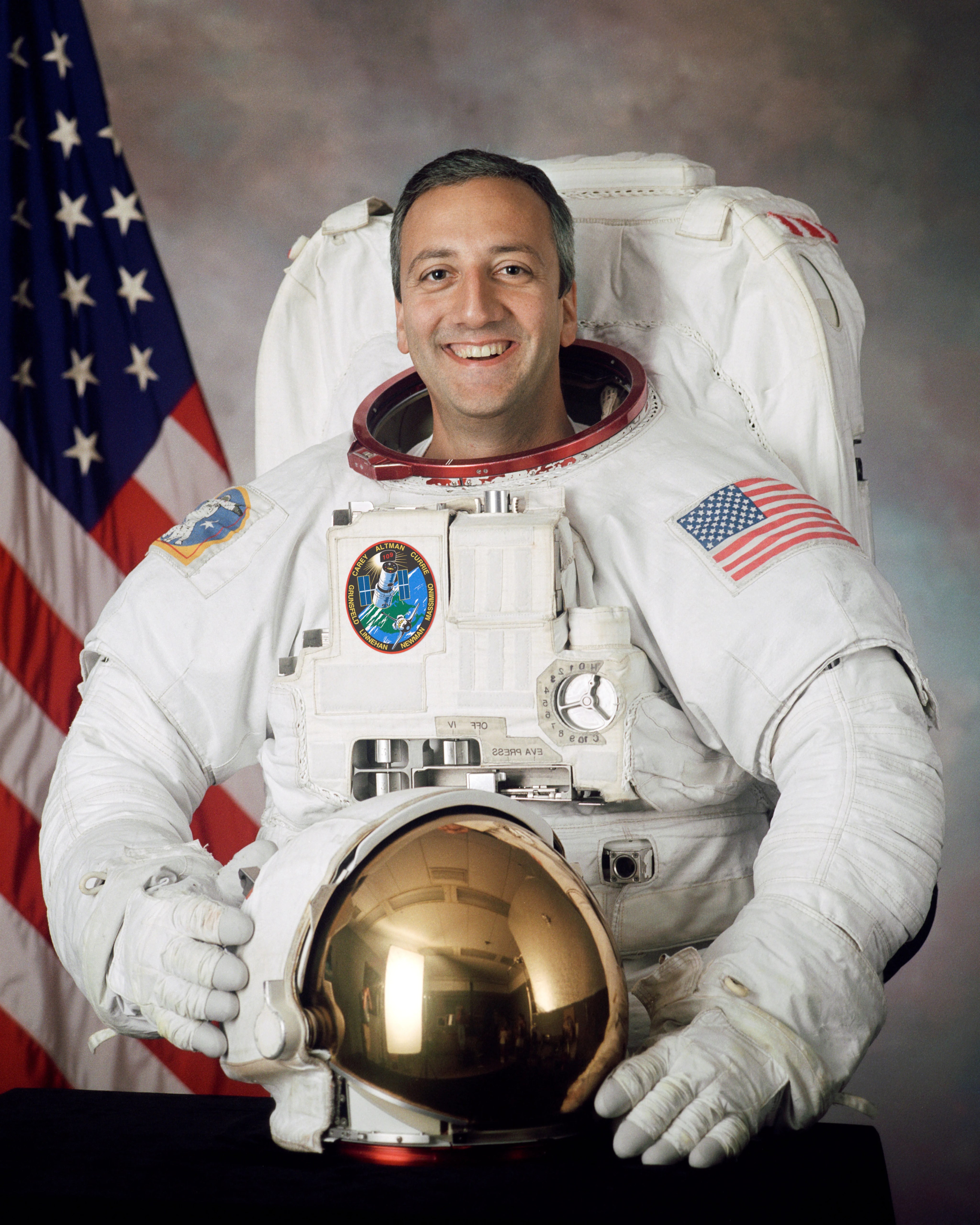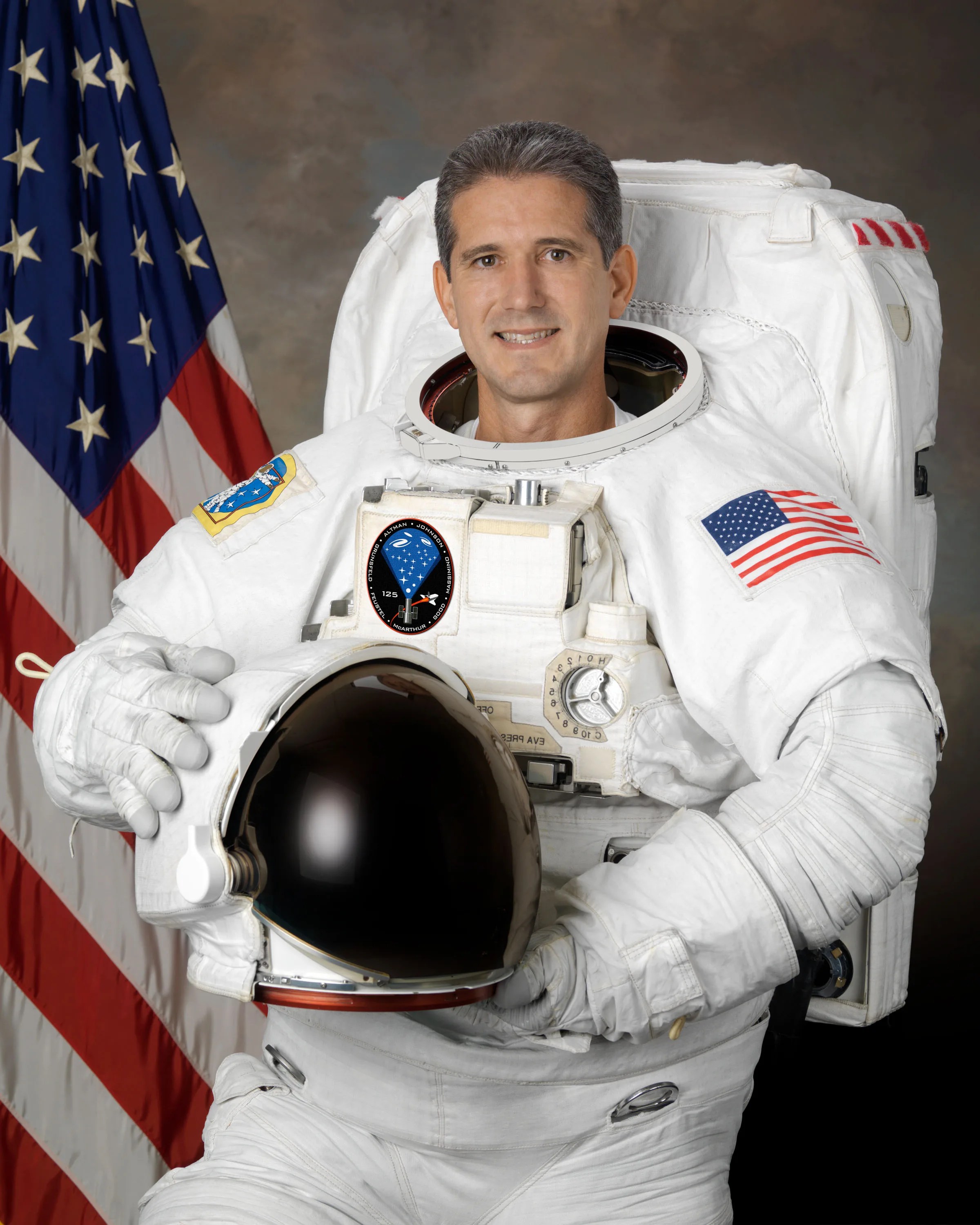Servicing Mission 4 was the final space shuttle mission to Hubble in 2009. Through a series of complex spacewalks, astronauts repaired and upgraded Hubble, setting it up for a long life of continued scientific discovery. On social media, the Hubble team marked this momentous anniversary with a series of posts and new educational resources.
Celebrating Servicing Mission 4

Hubble Celebrates the 15th Anniversary of Servicing Mission 4
Fifteen years ago, human hands touched NASA's for the last time.

Hubble's Servicing Mission 4 Celebrates Its 15th Anniversary
In May 2009, a brave team of astronauts embarked on a daring journey aboard space shuttle Atlantis.

Hubble Views the Dawn of a Sun-like Star
Hubble captured this image of HPTau with its Wide Field Camera 3, installed during Servicing Mission 4.

Cosmic Origins Spectrograph
The Cosmic Origins Spectrograph, installed during Servicing Mission 4, expanded Hubble’s spectroscopic capabilities.

Wide Field Camera 3
Installed during Servicing Mission 4, the Wide Field Camera 3 continued the pioneering tradition of previous Hubble cameras, but with critical improvements that expanded the telescope’s voyage of discovery.

Space Telescope Imaging Spectrograph
The Space Telescope Imaging Spectrograph, installed during Servicing Mission 2 in 1997, stopped functioning in August 2004 due to a power supply failure. It was repaired during Servicing Mission 4.
Servicing Mission 4
Hubble was reborn with Servicing Mission 4. The fifth and final serving mission left the observatory at the peak of its scientific capability, and prepared it for many years of further scientific discovery.
Learn More
Servicing Mission 4 Astronauts
History
Hubble's Impact on Human Spaceflight
Astronauts spent a total of 57 days, 15 hours, 48 minutes, and 8 seconds in space on missions to Hubble.
Hubble's more than 30 years in orbit were punctuated by periodic visits from astronauts that kept the telescope functioning smoothly and equipped it with increasingly powerful instruments. These visits provided NASA with a unique opportunity: to observe men and women working together in space while developing ways to improve that experience —make it smoother, easier, and less dangerous.
Read More














